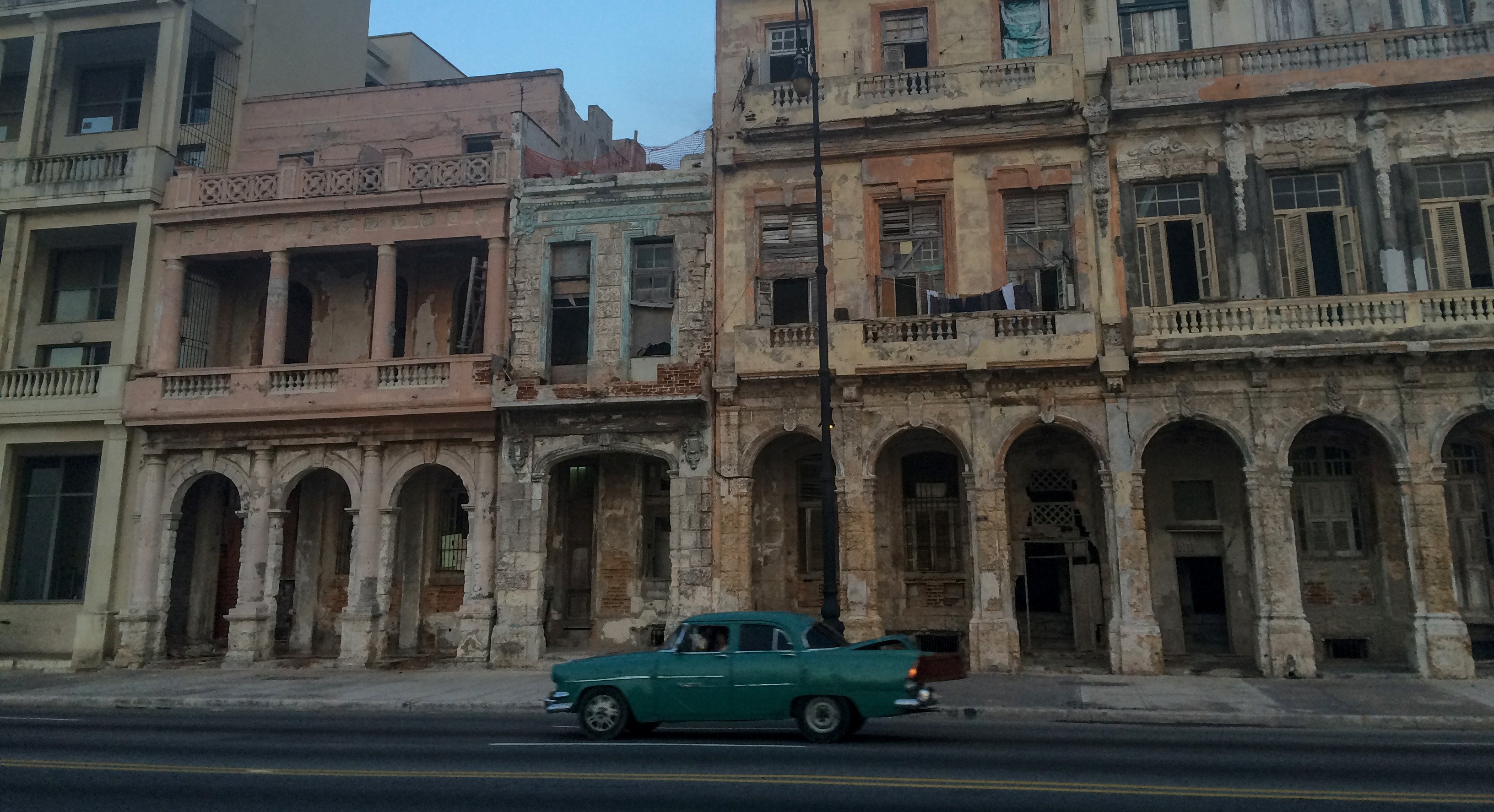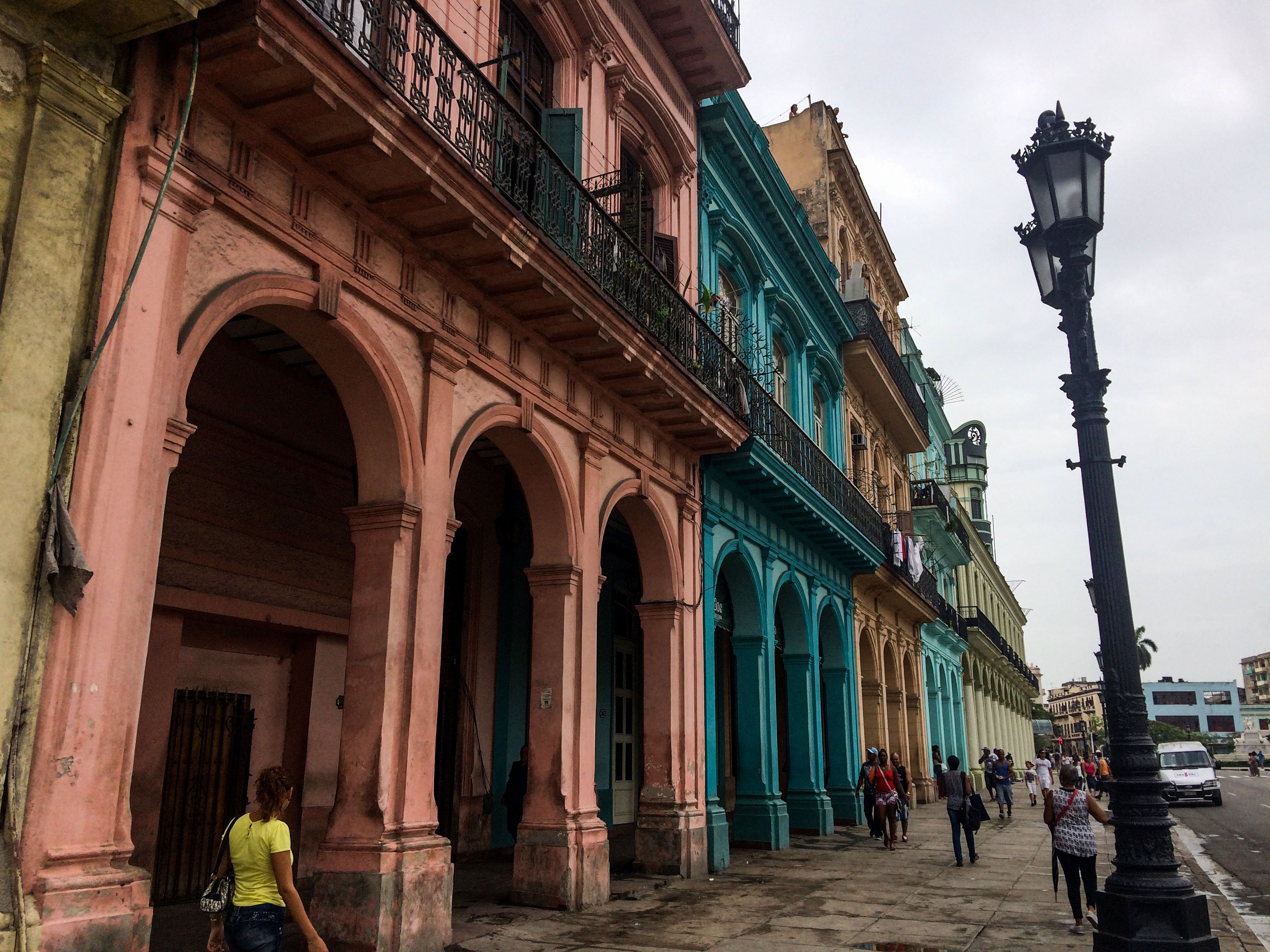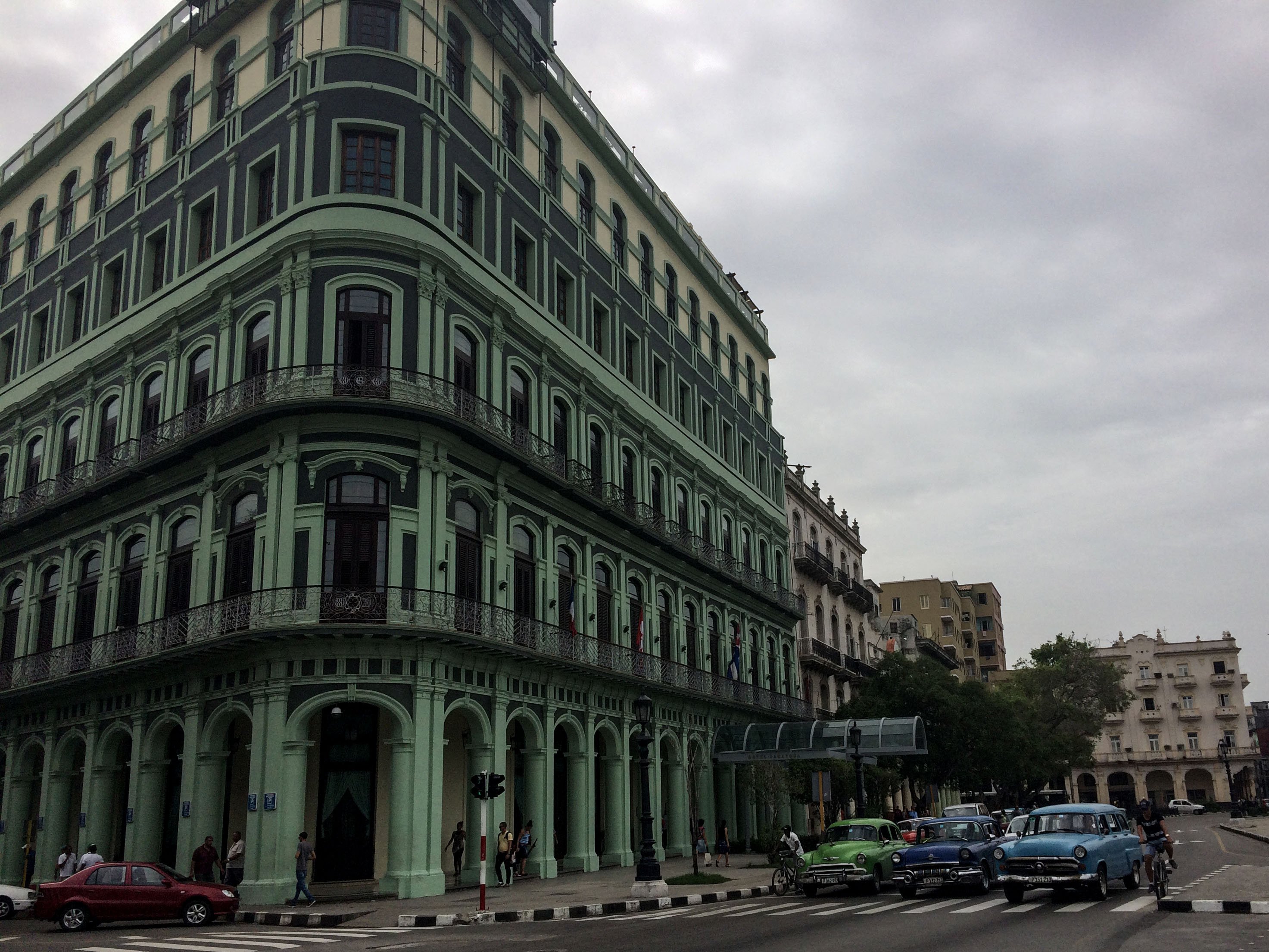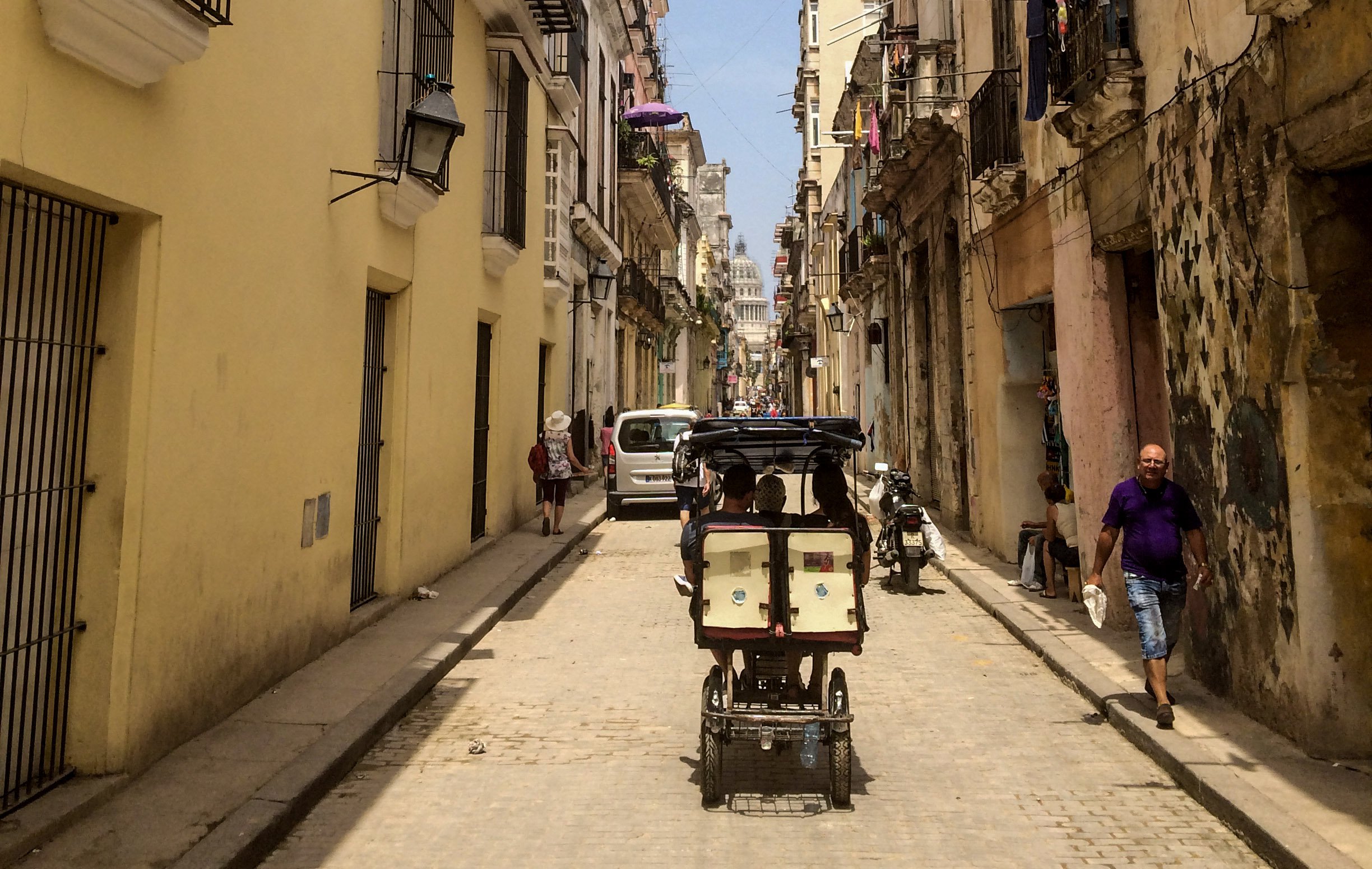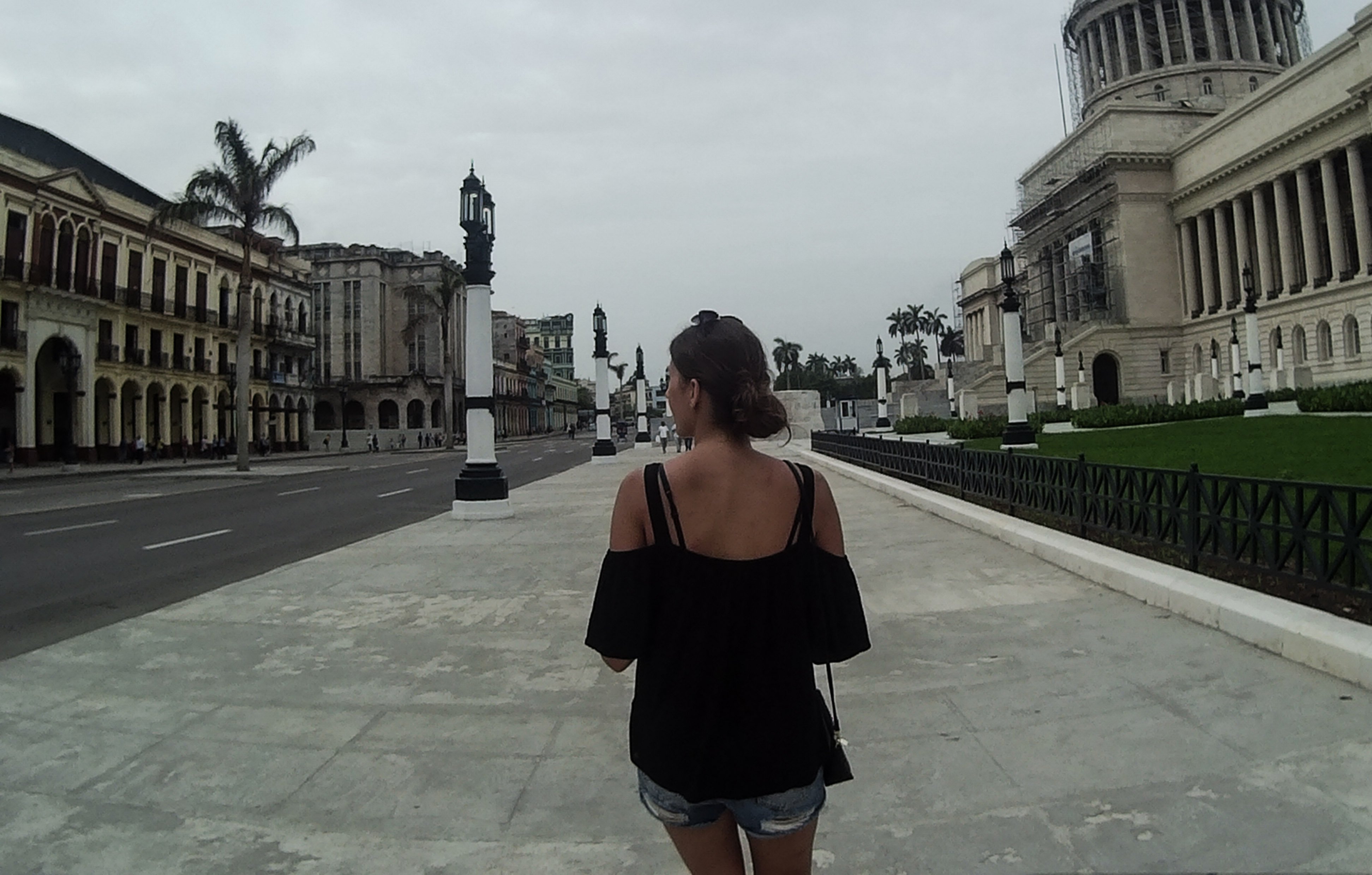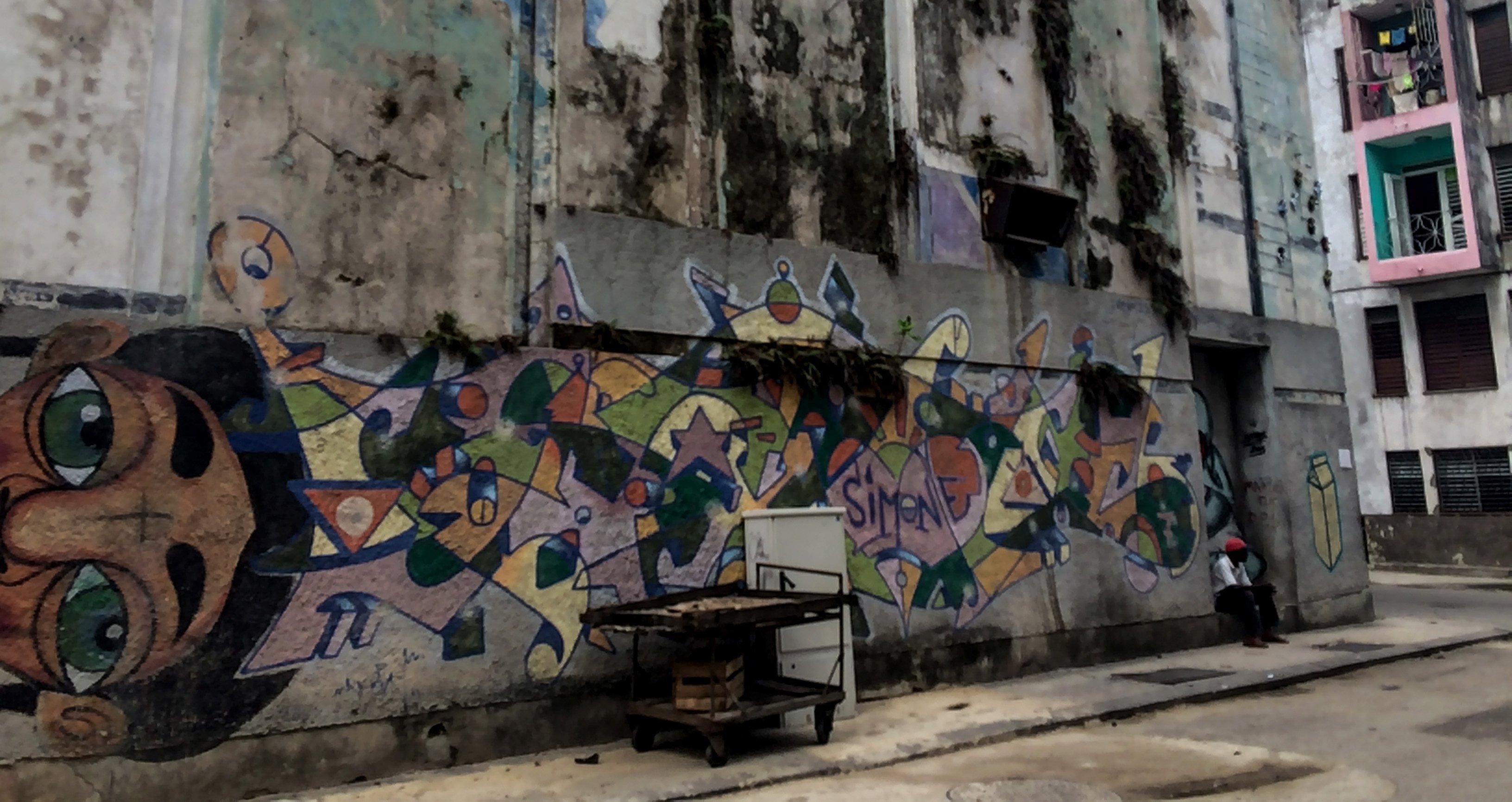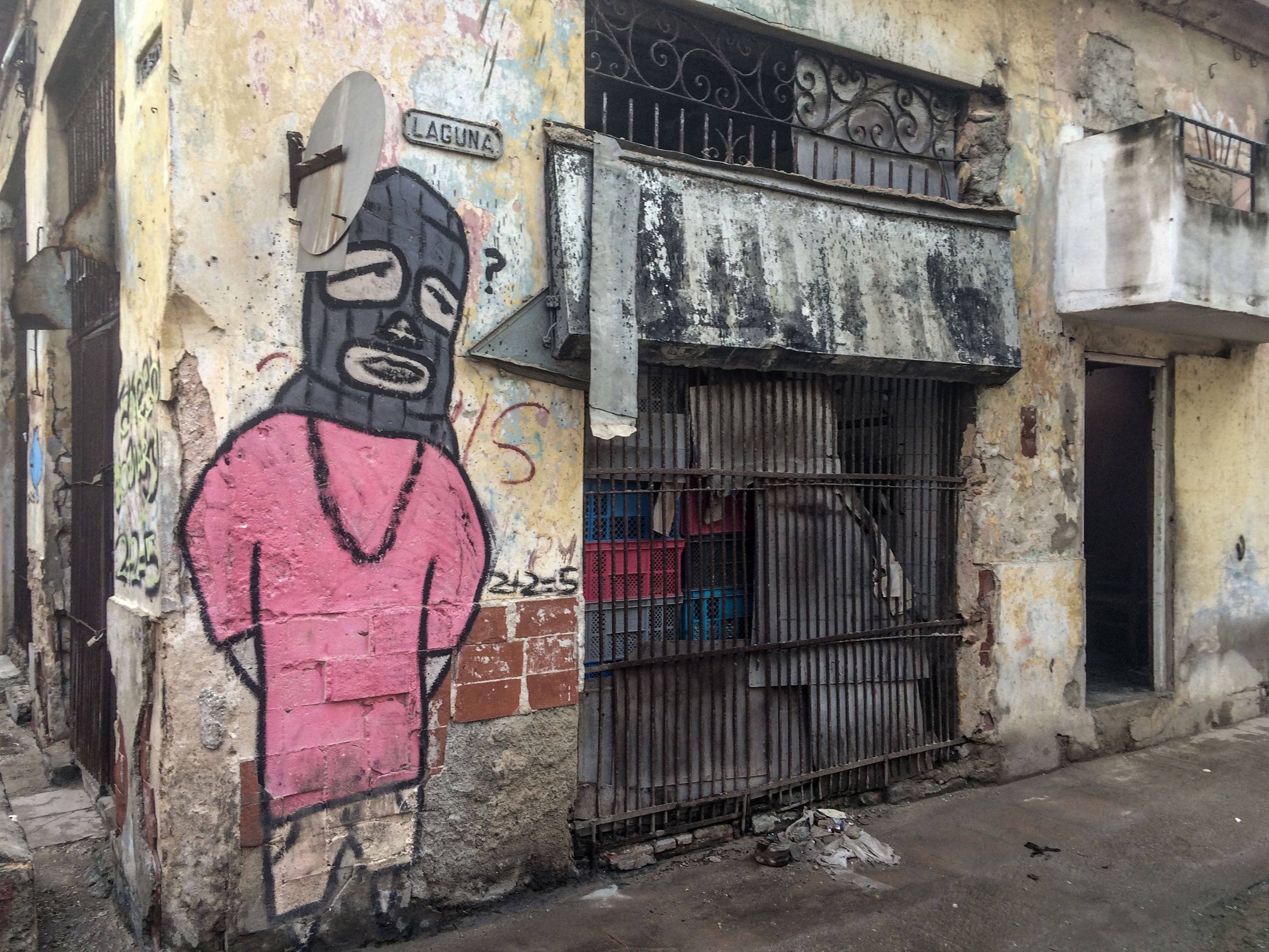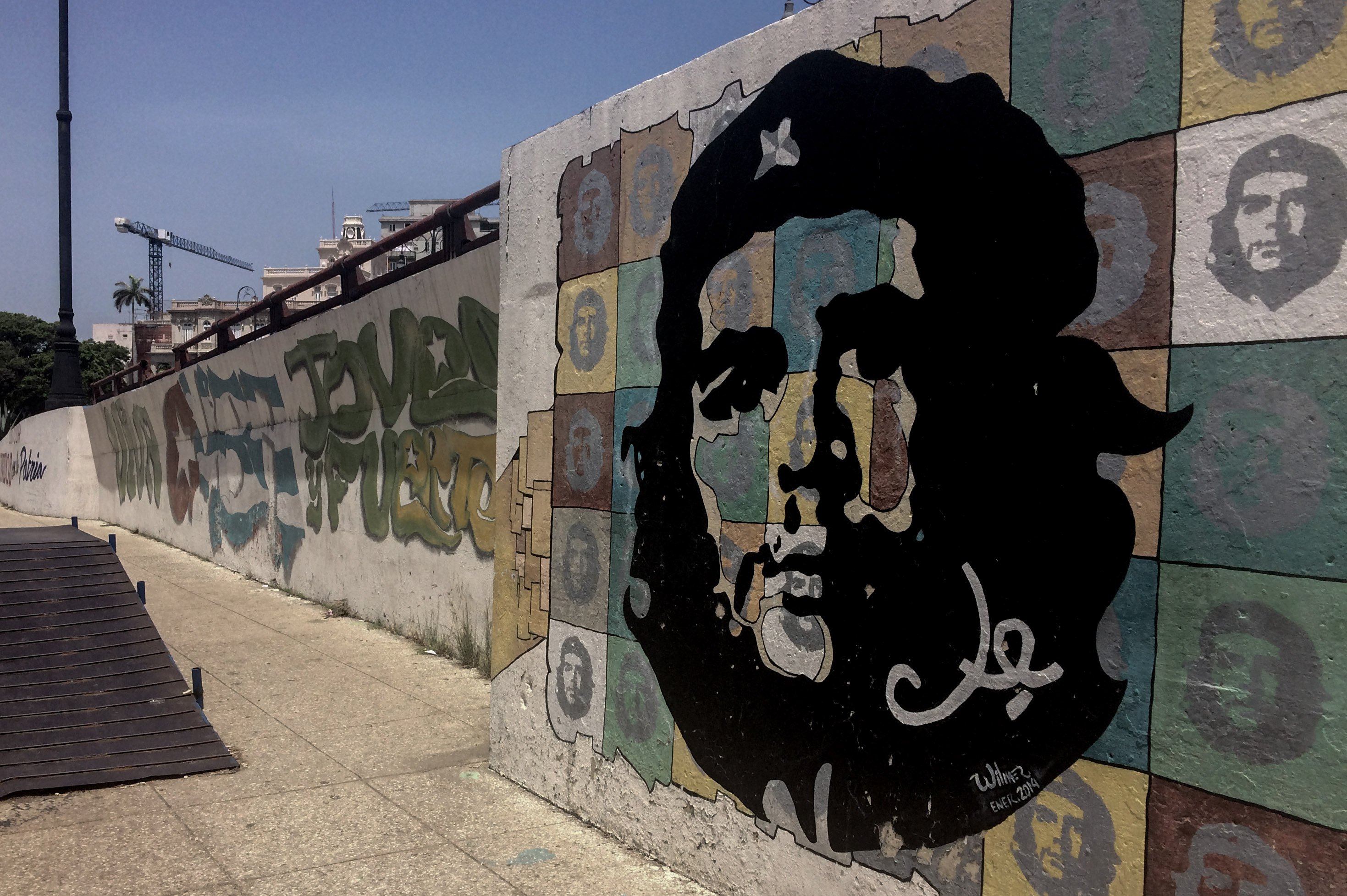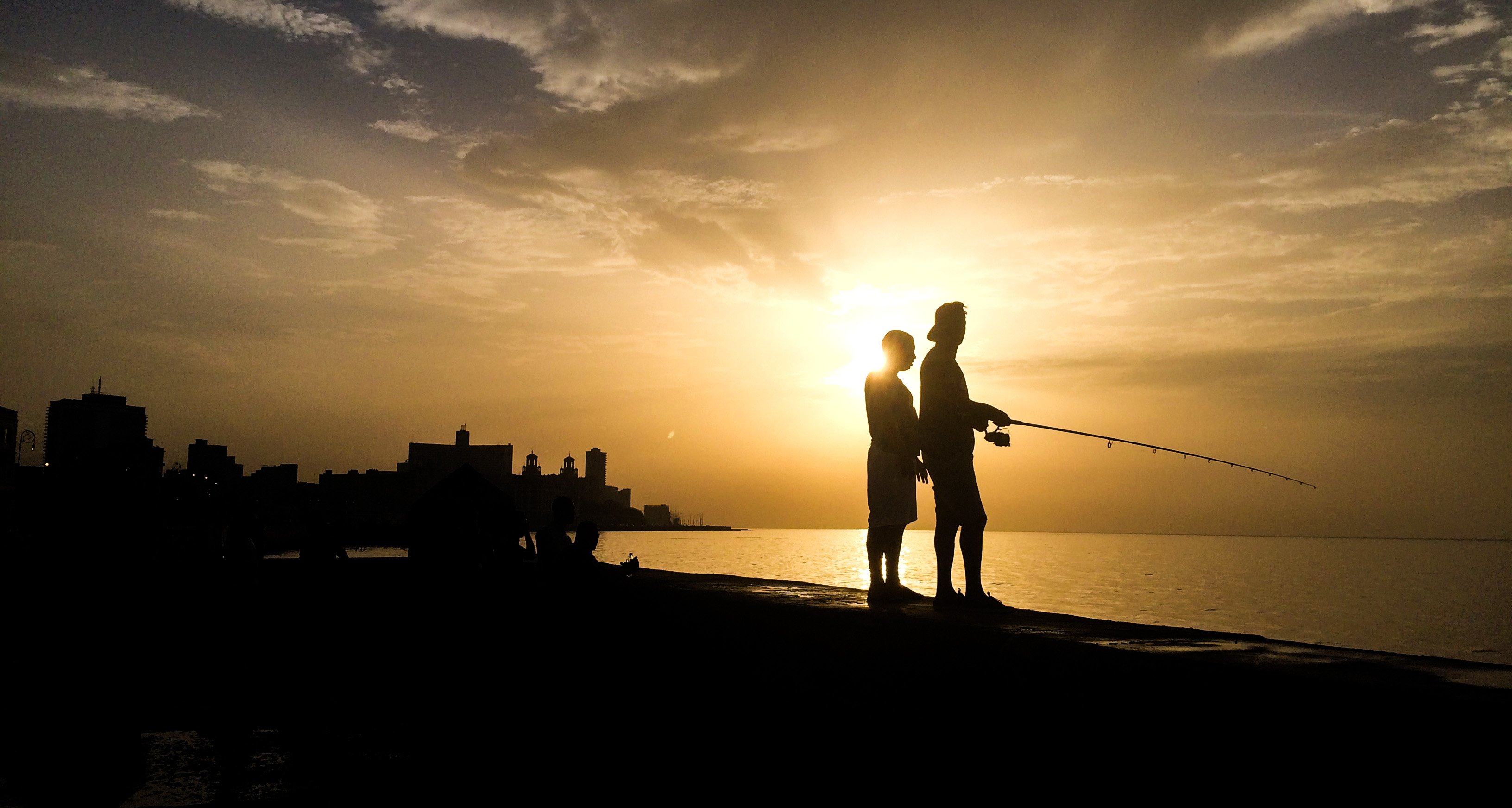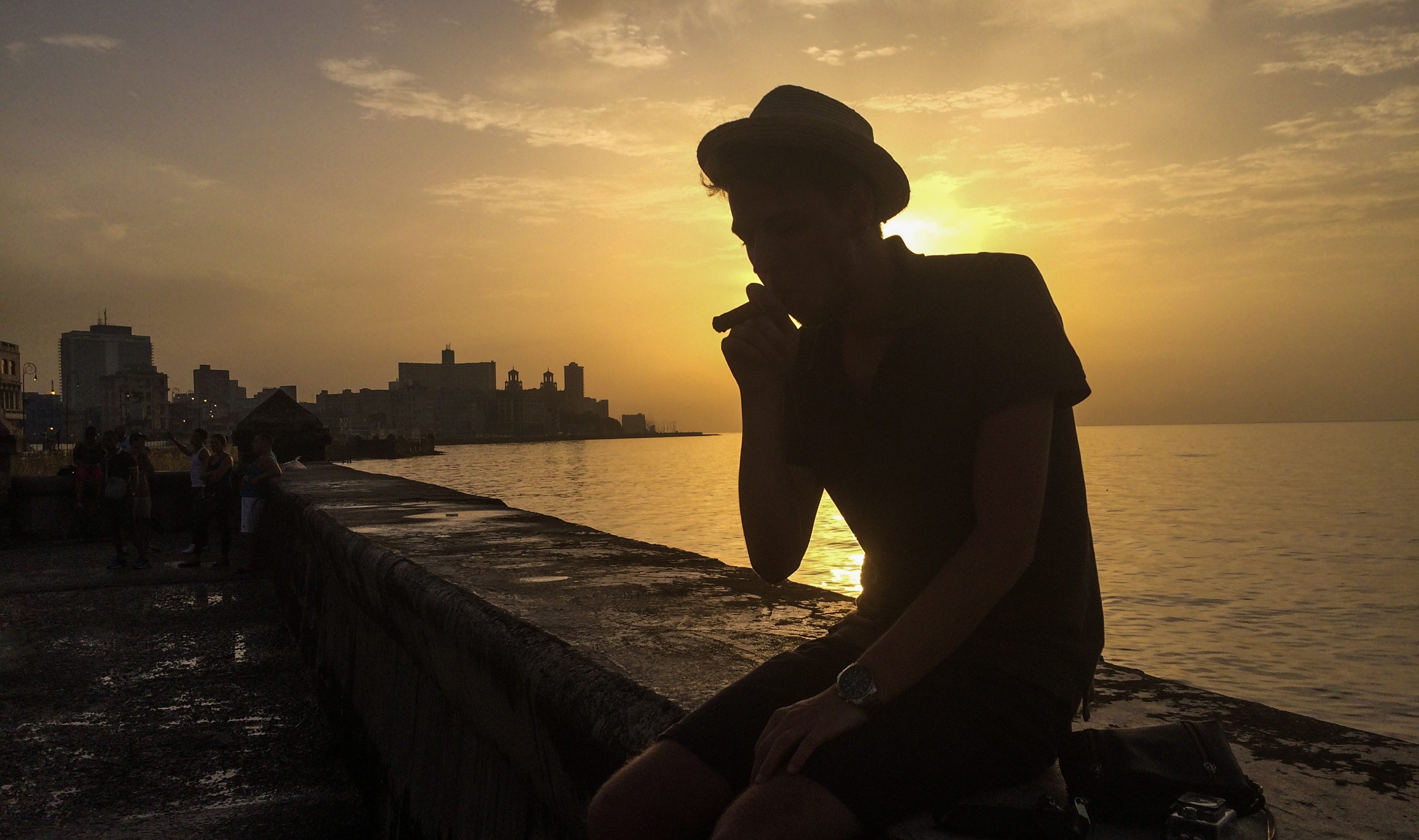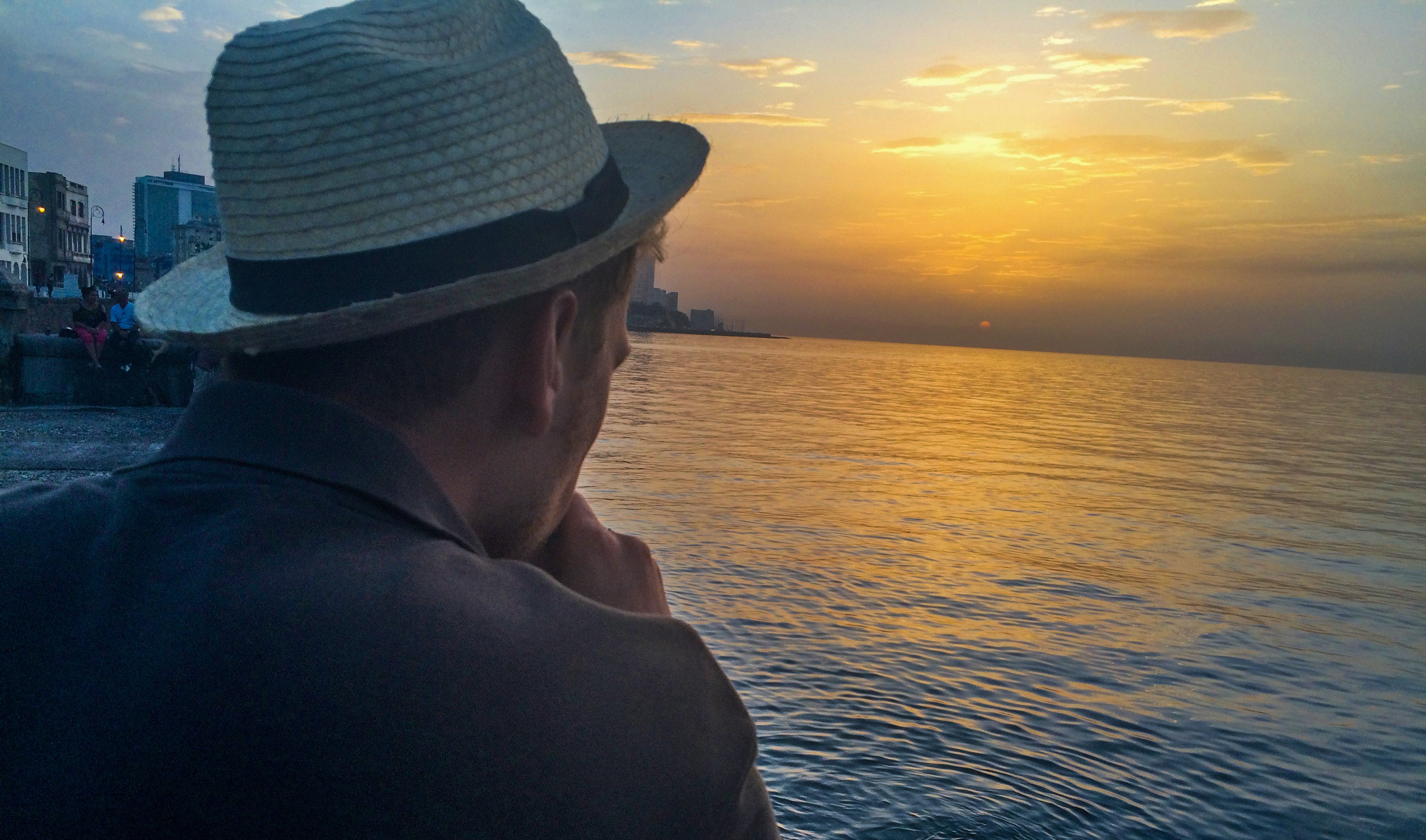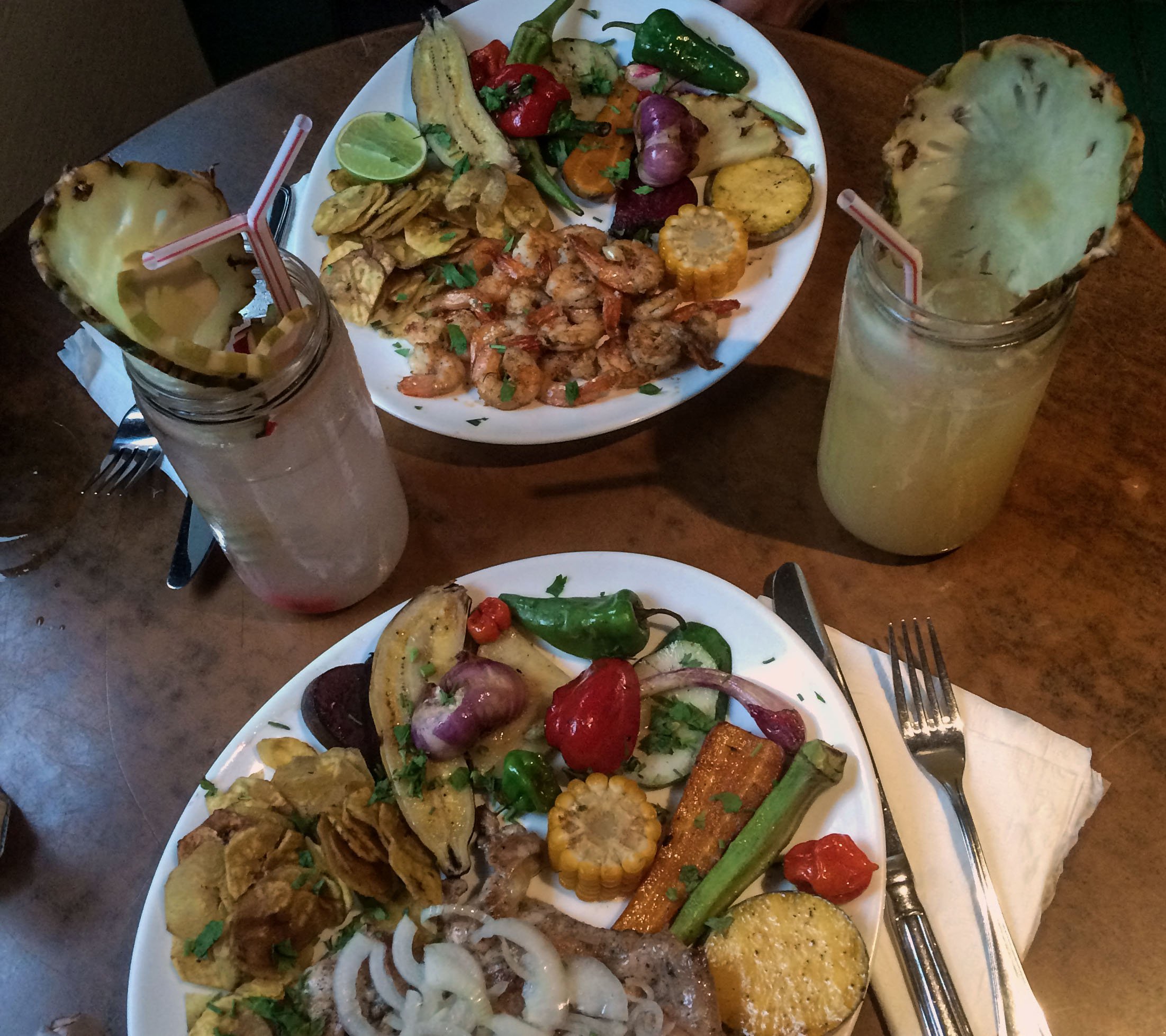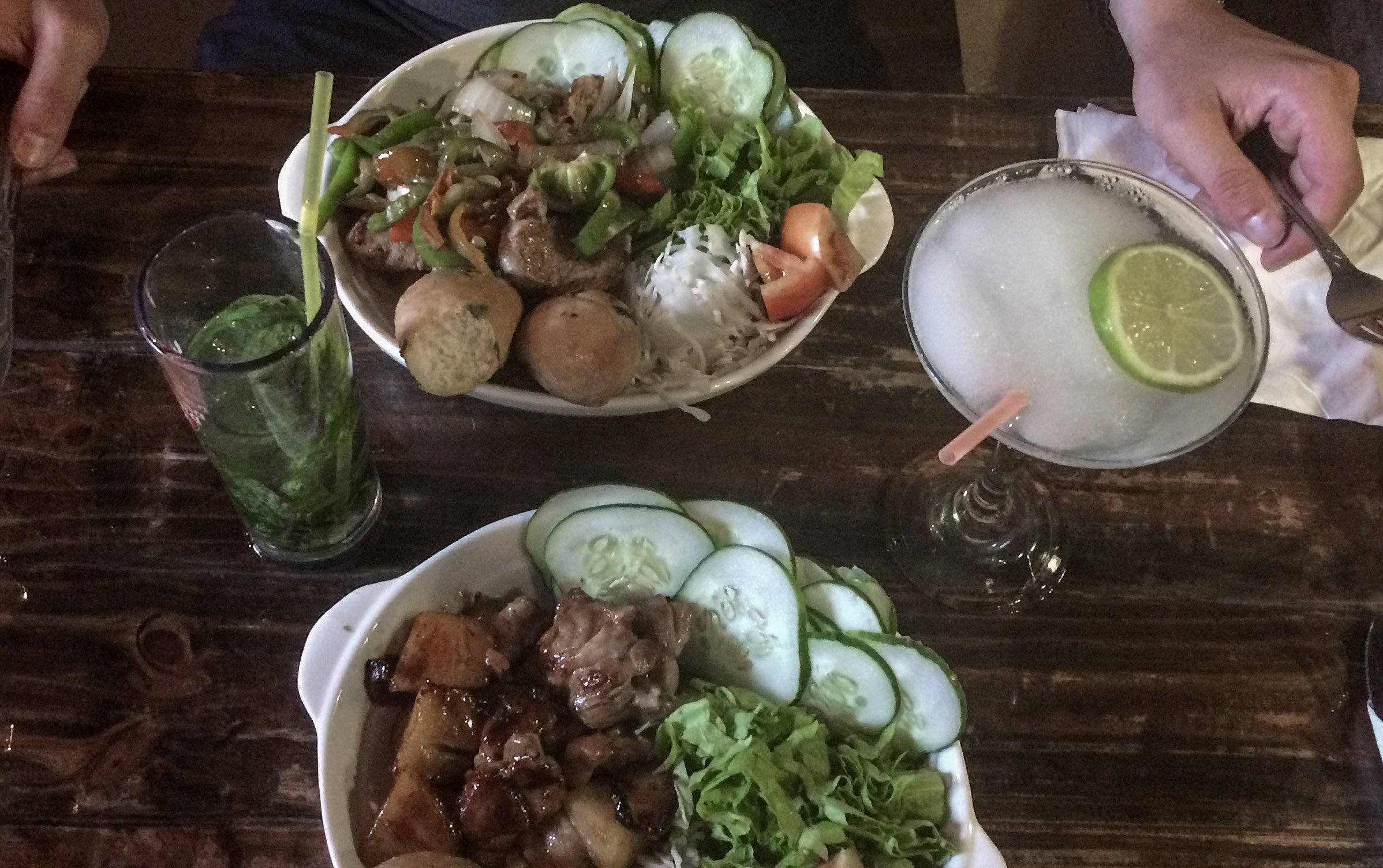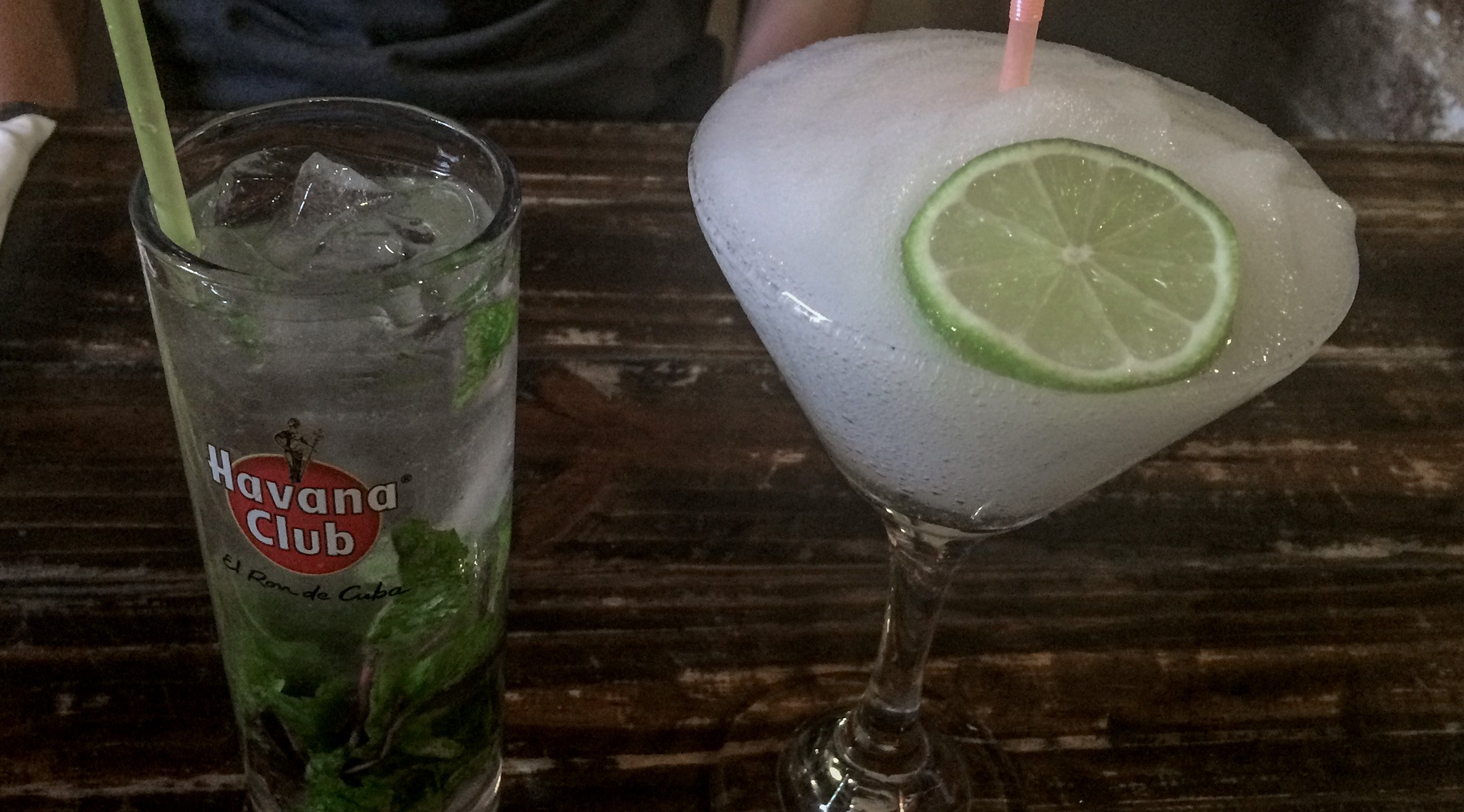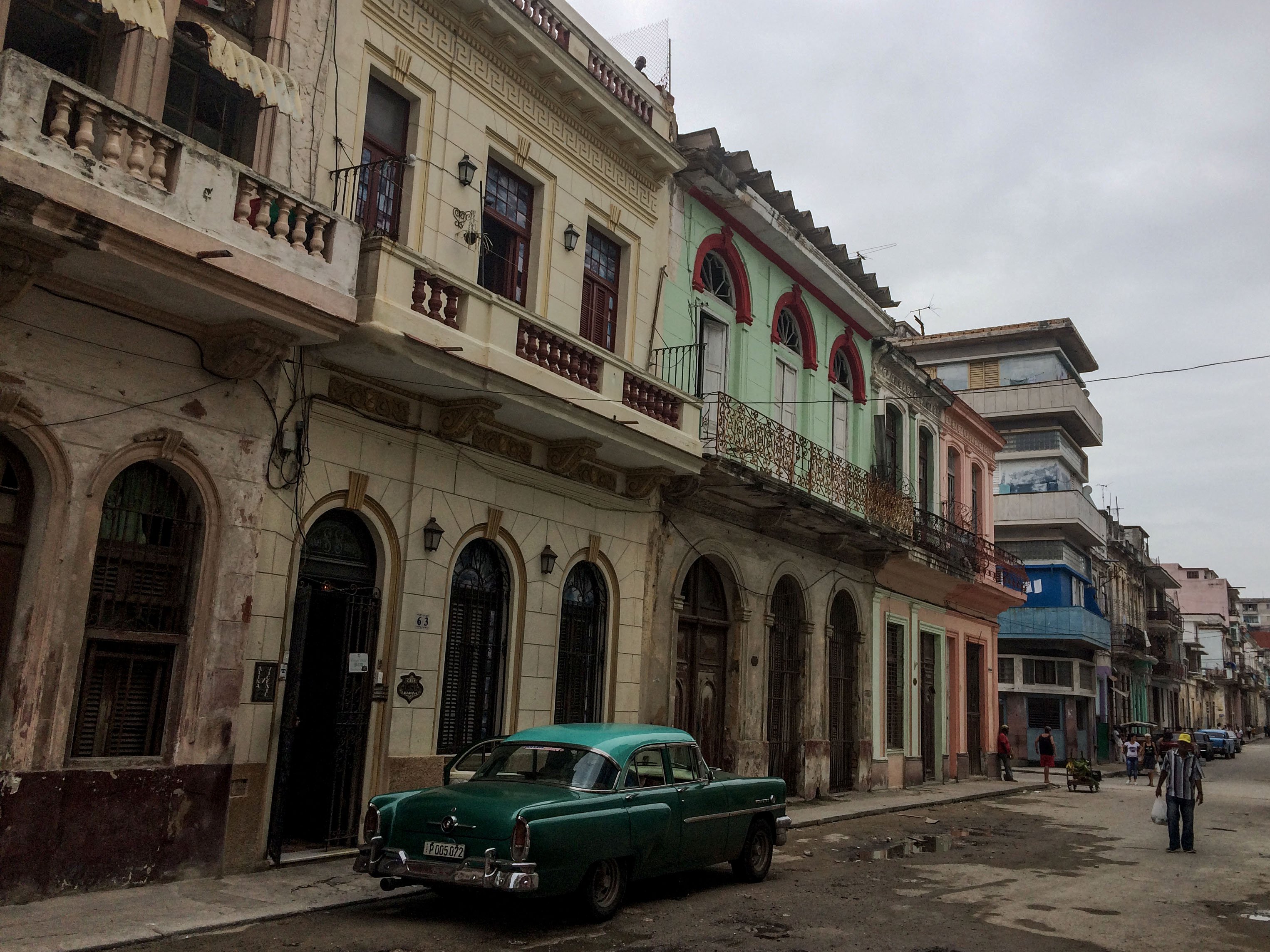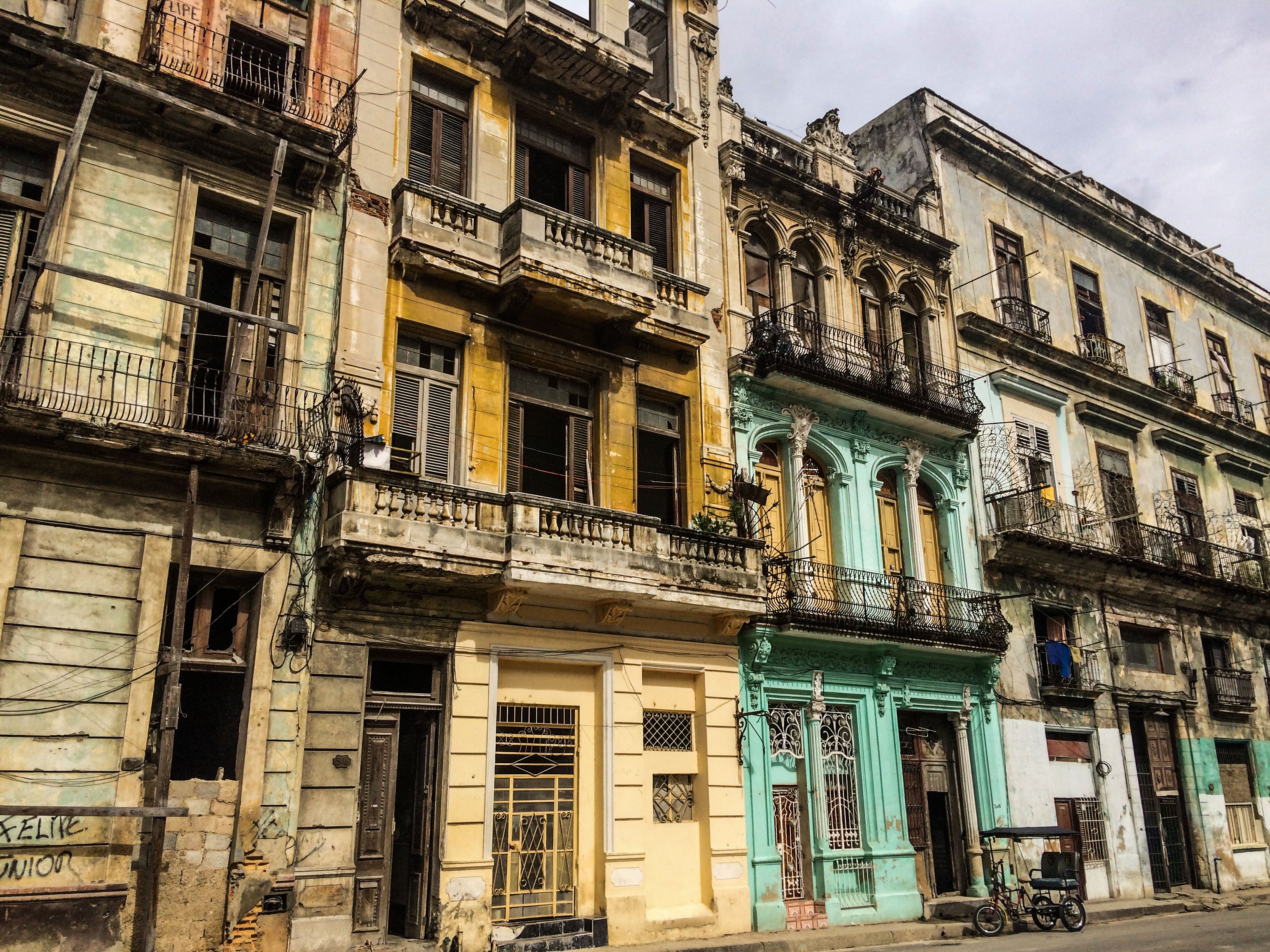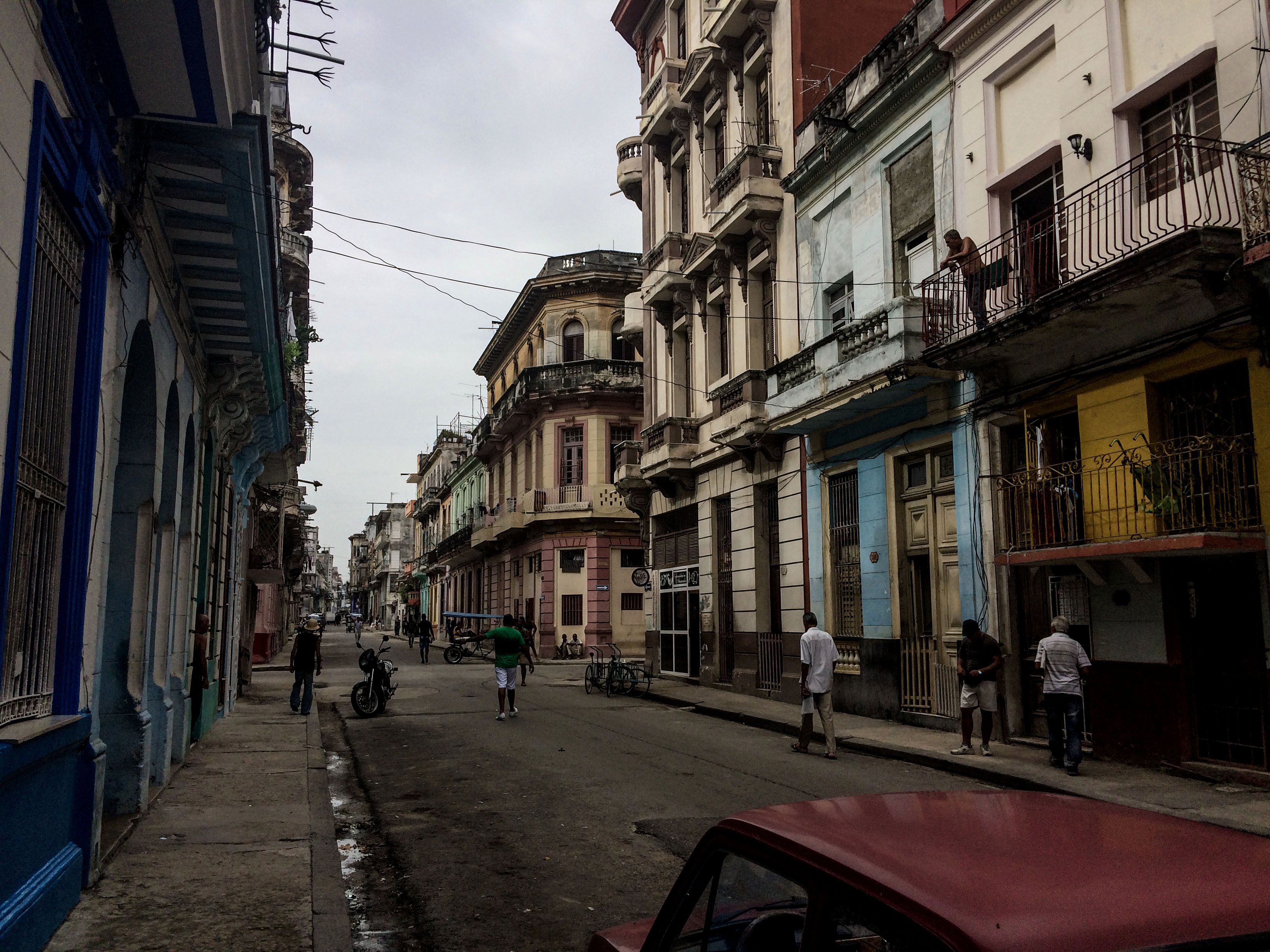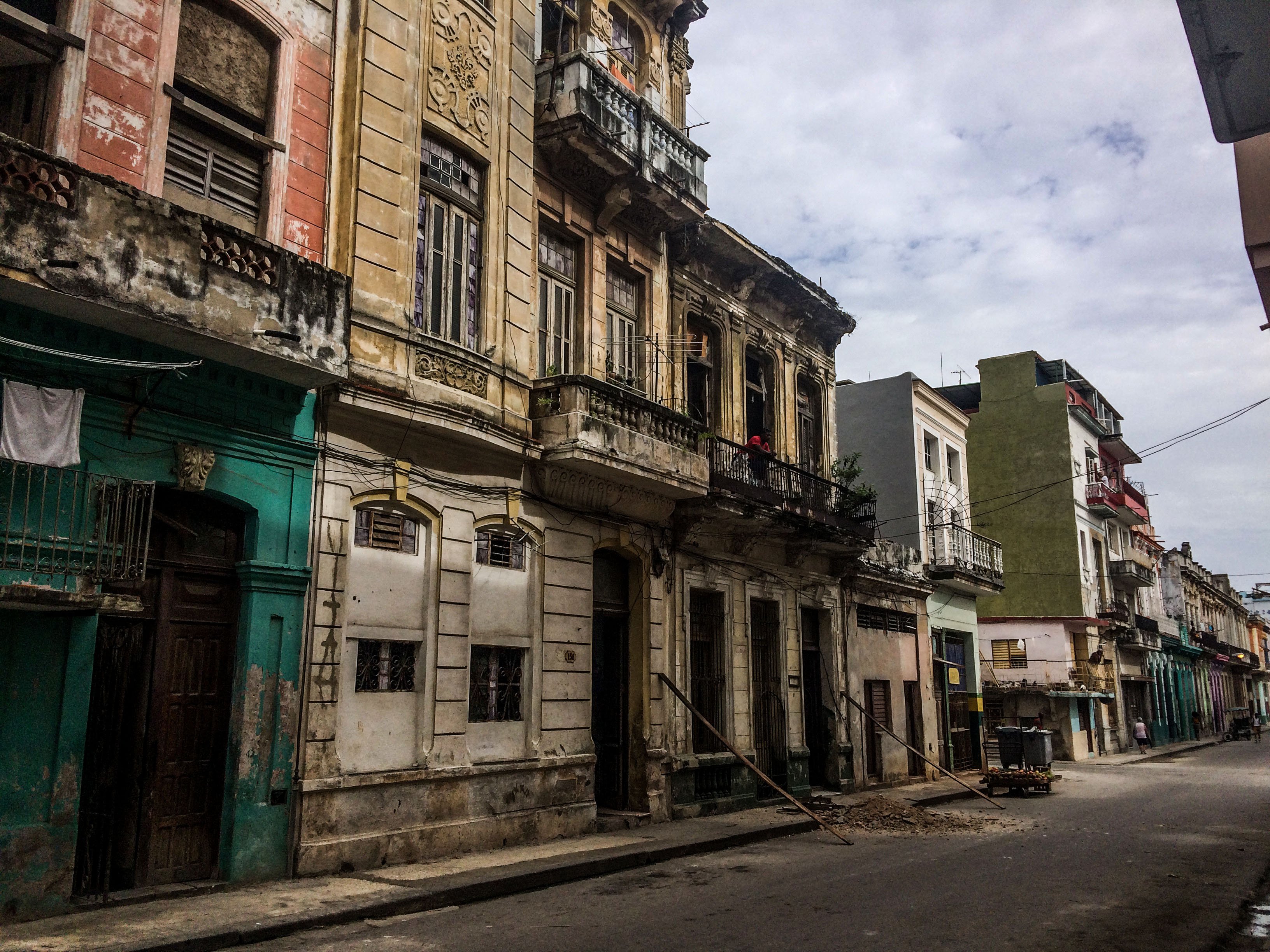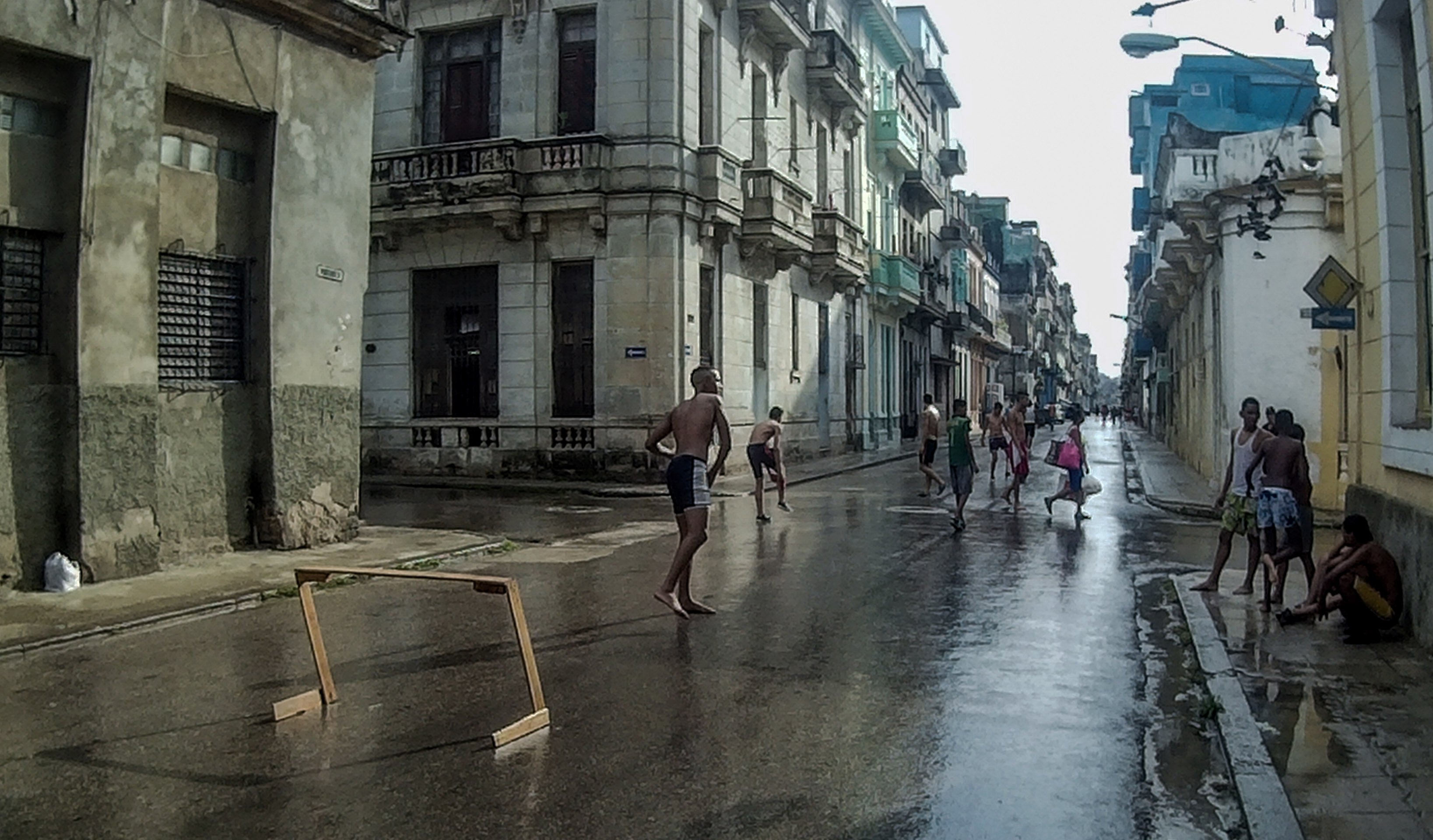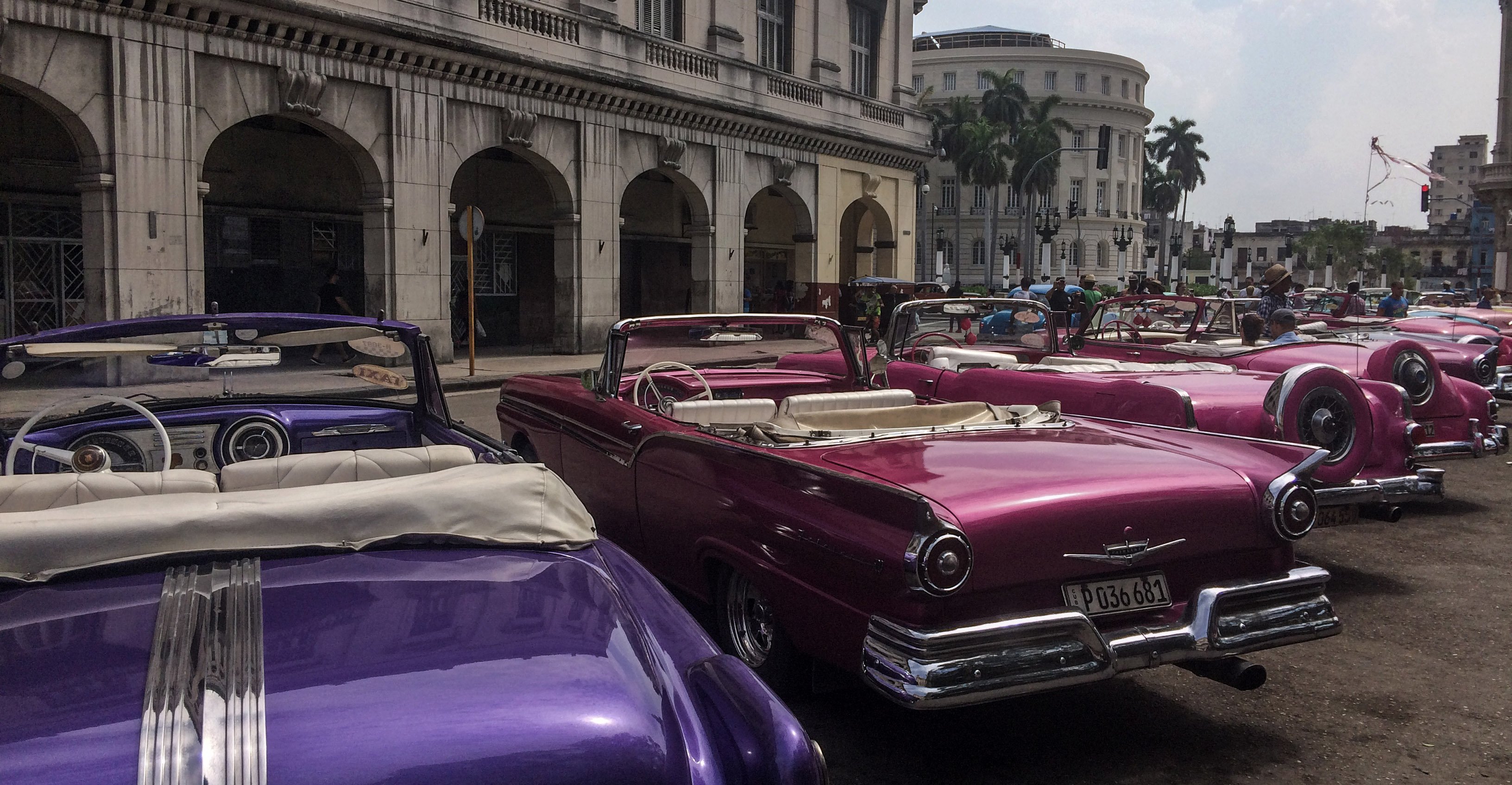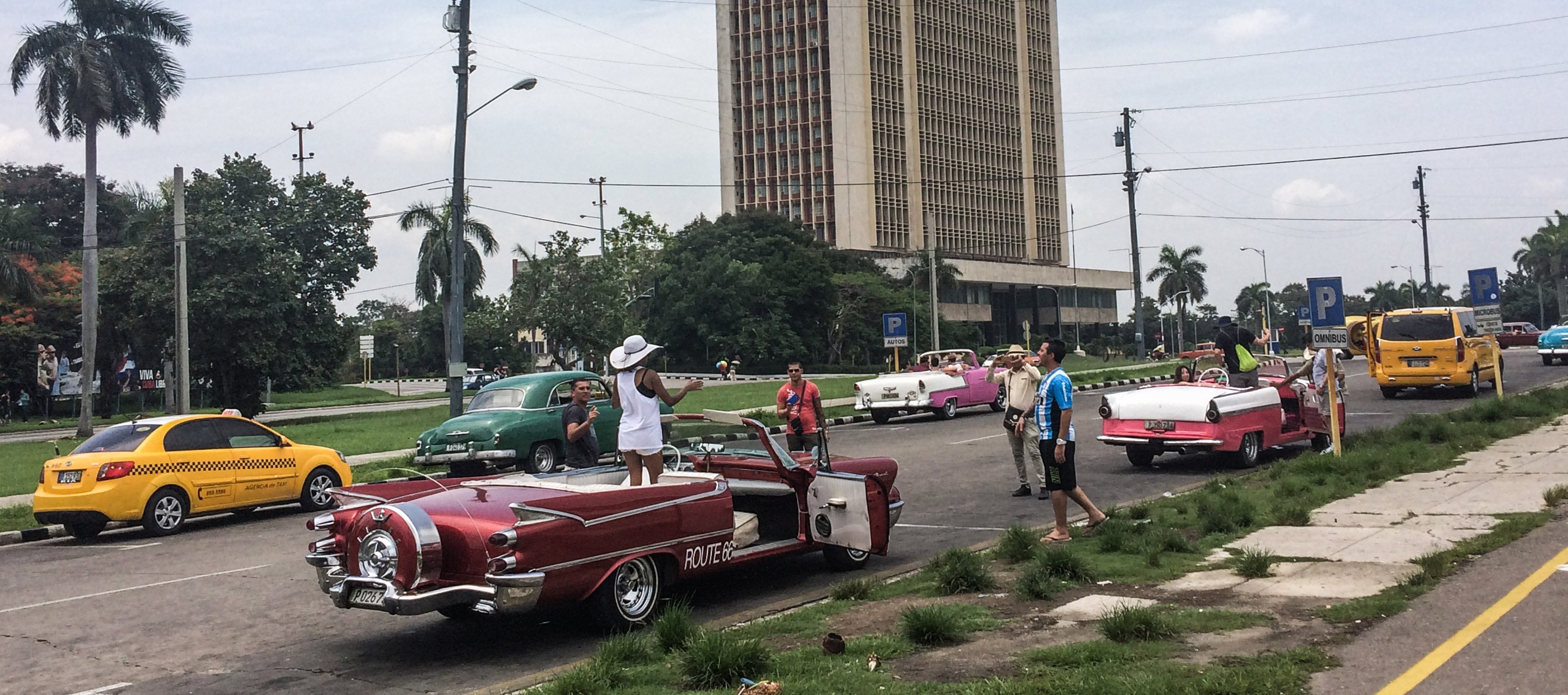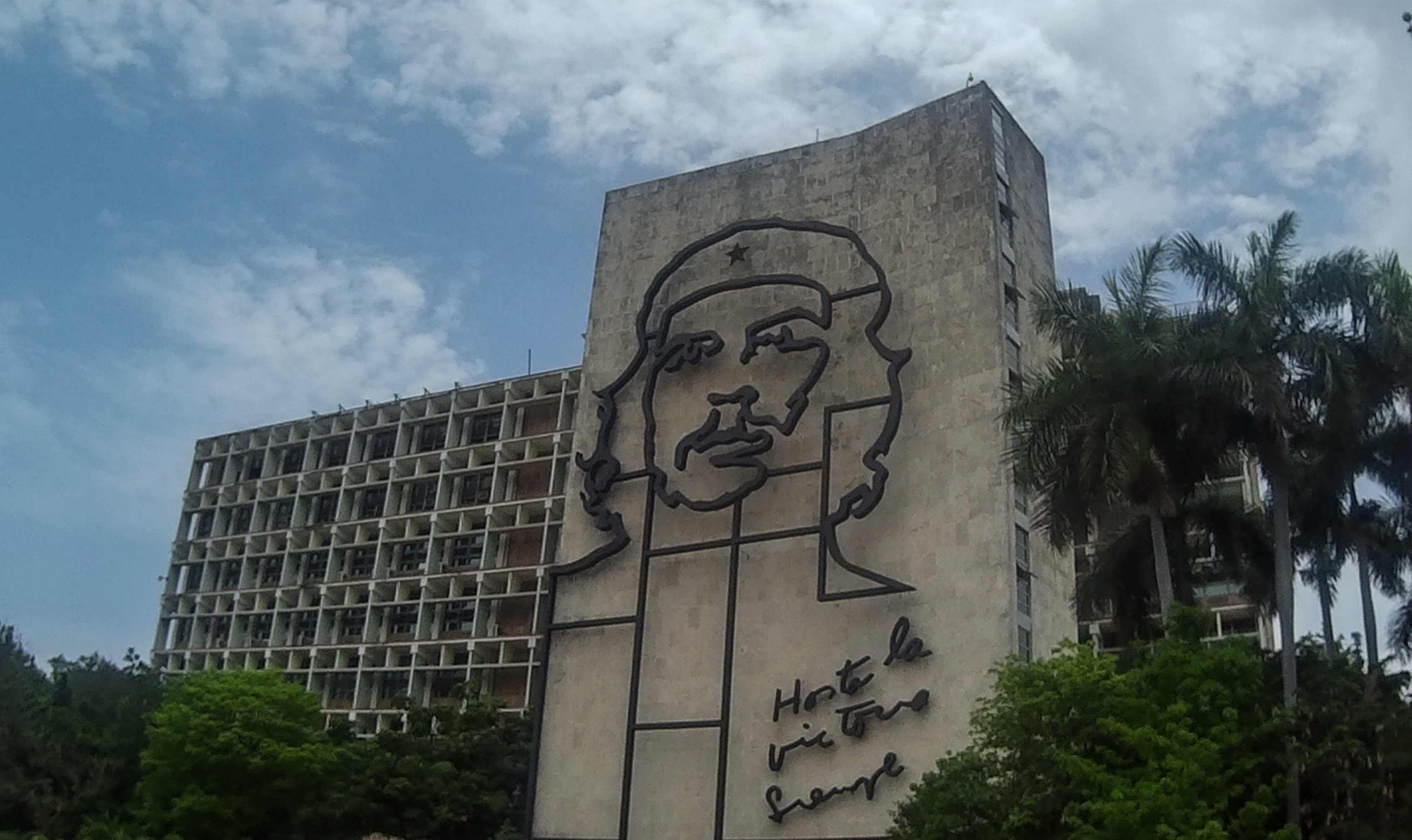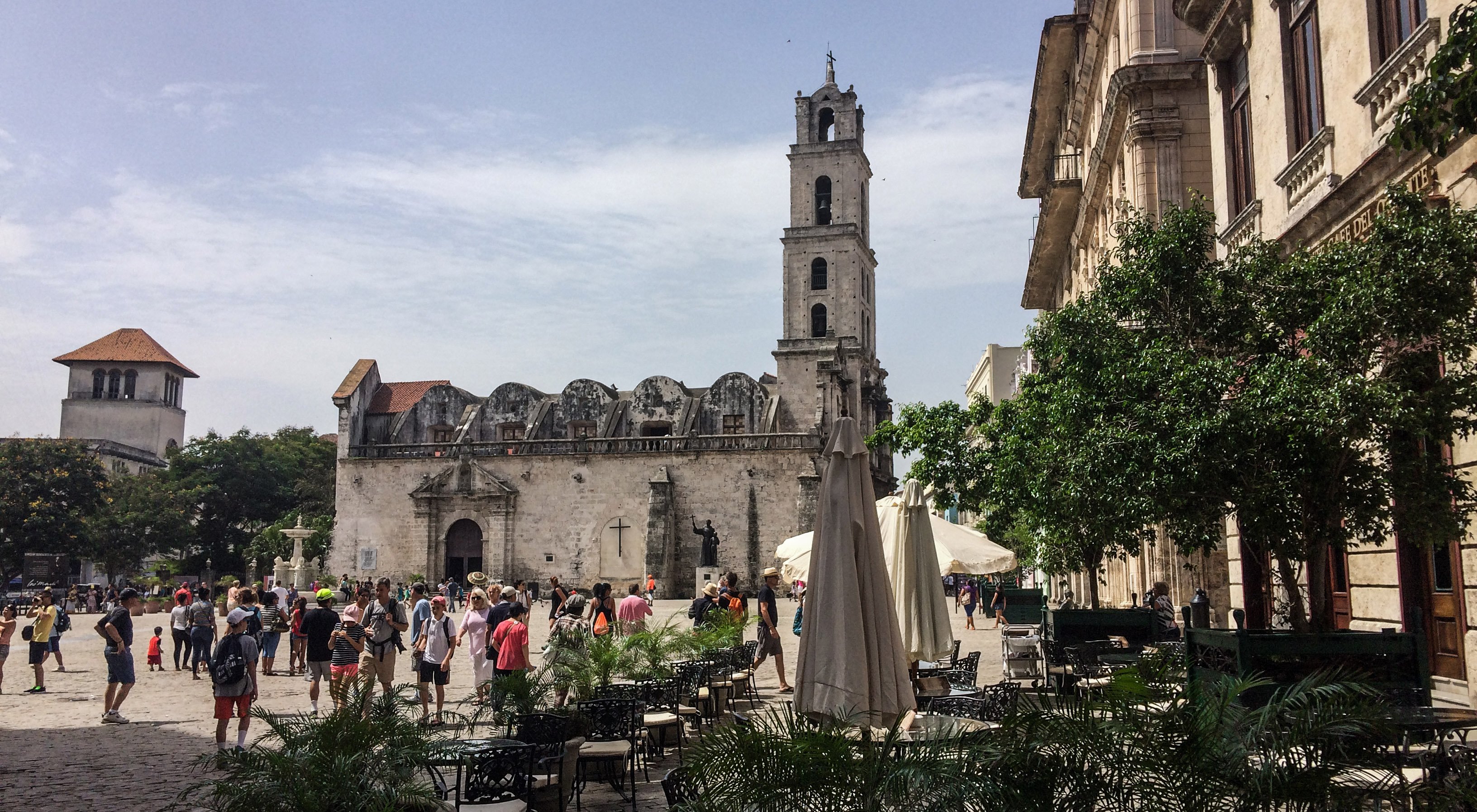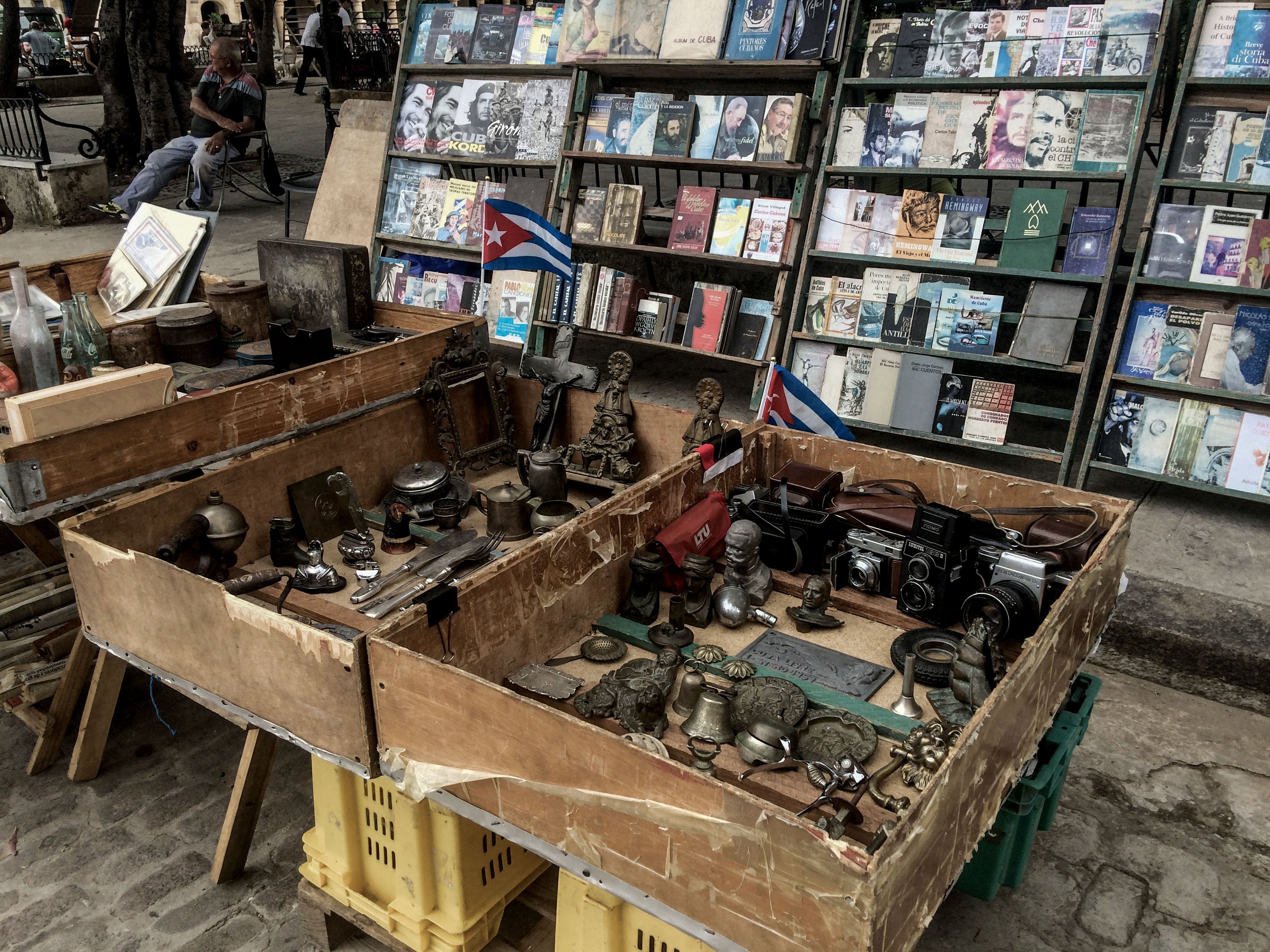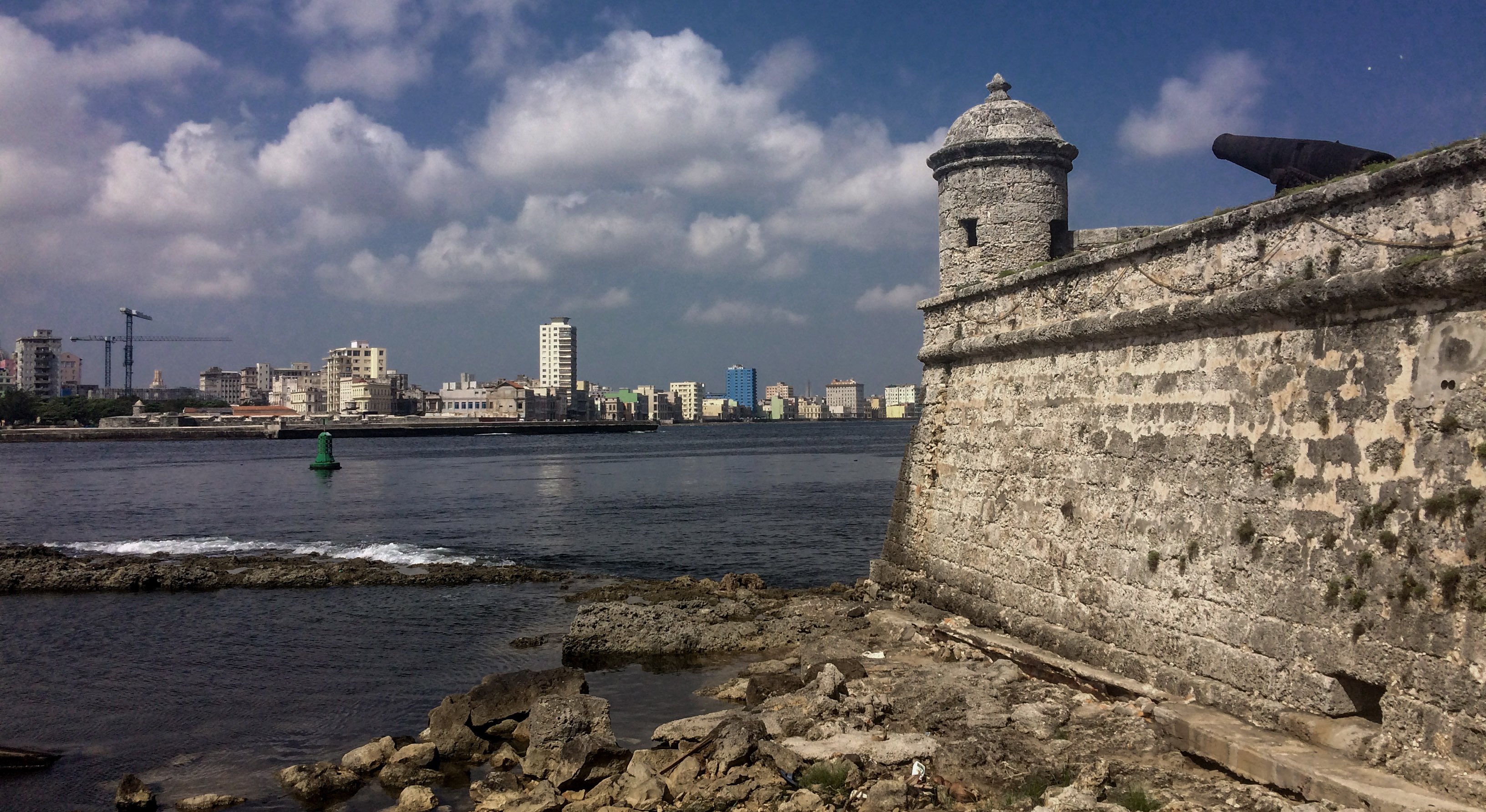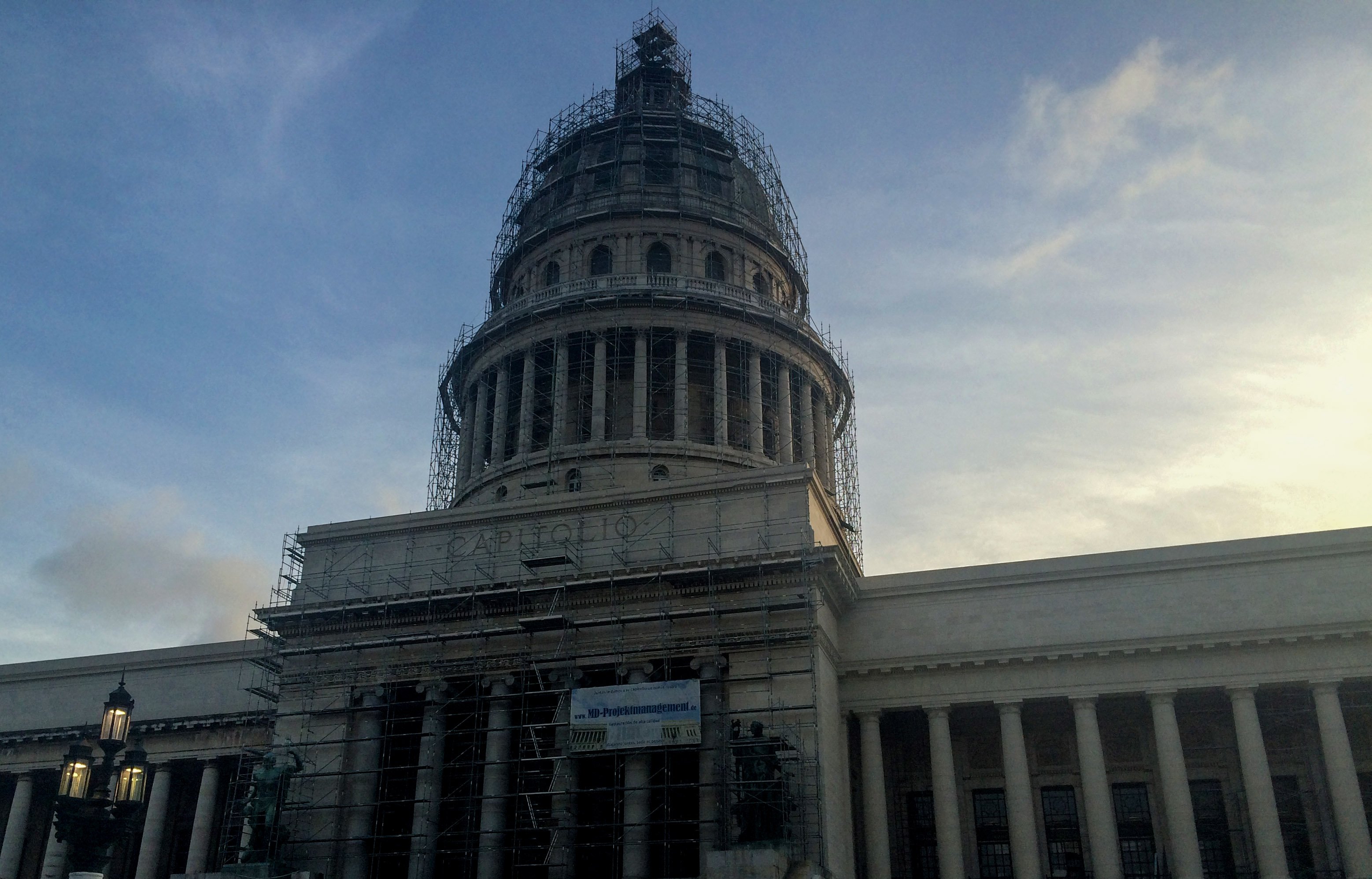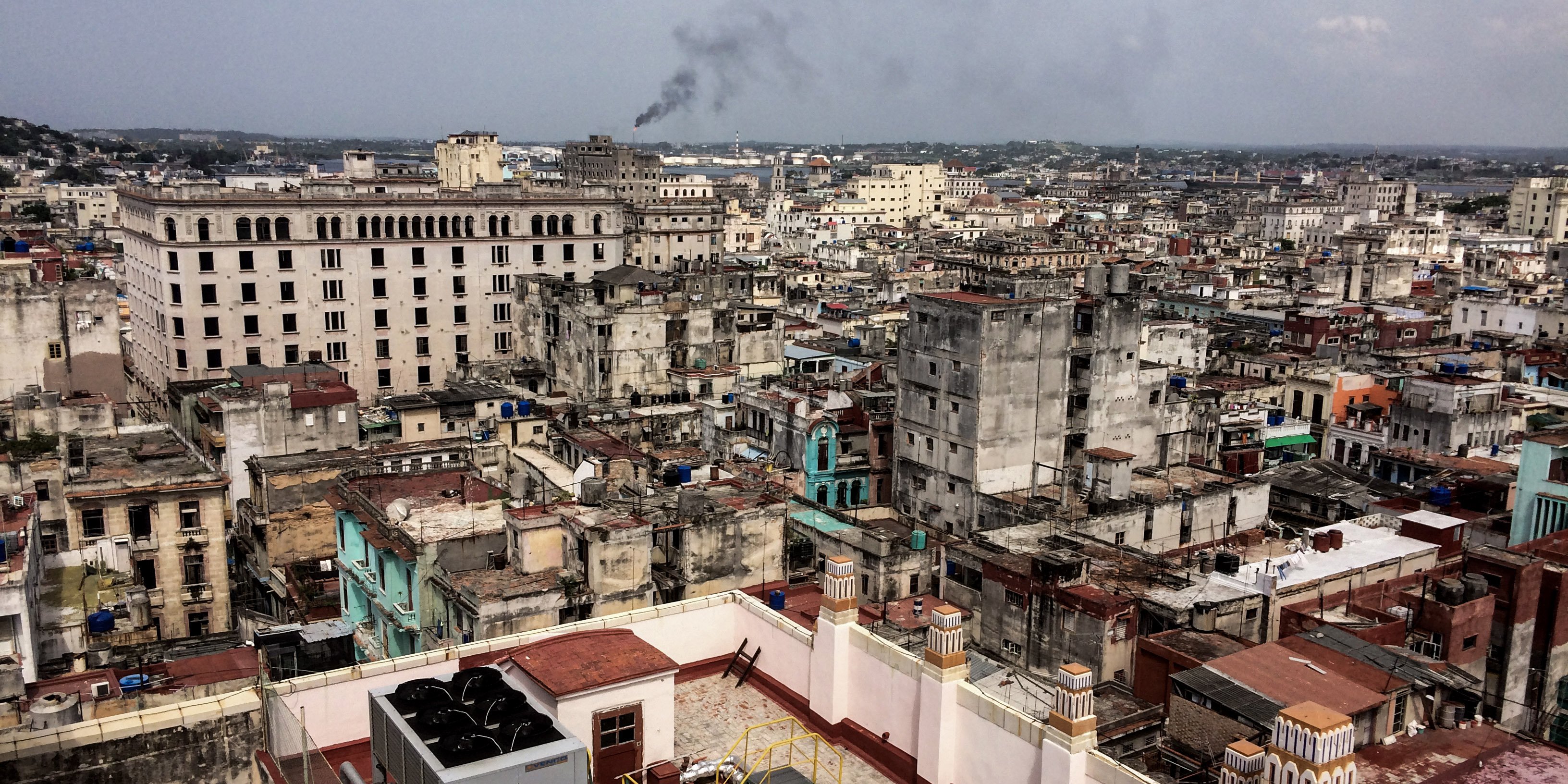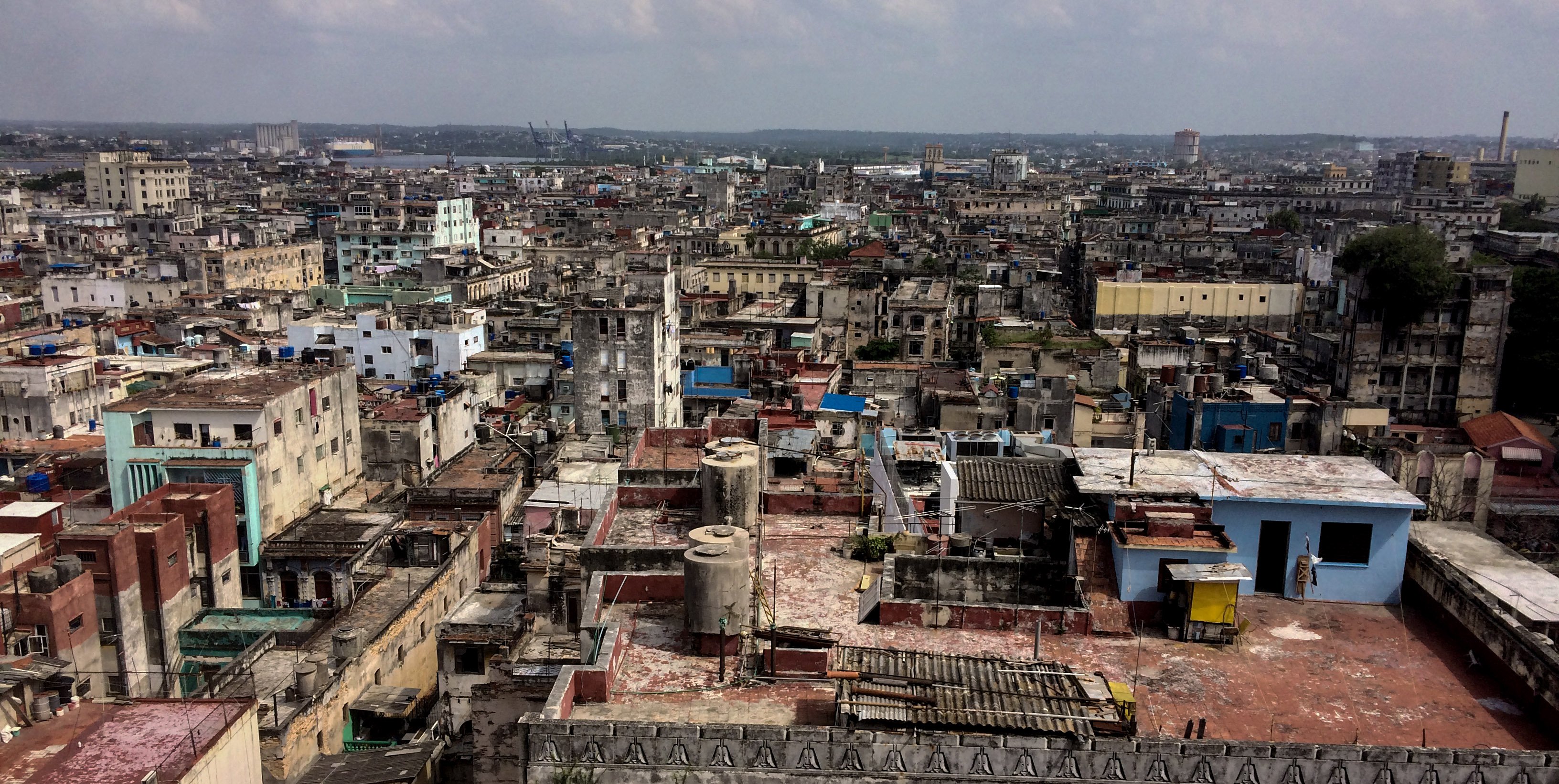Rum, cigars, hot rhythms. I think everyone has a similar picture in mind when thinking about Cuba. But despite all the delicious mojitos and daiquiris, idyllic streets and the flair of old times, we were unfortunately disappointed with Havana. With luck you can get one of the old cars as a taxi, otherwise you have to pay for it. The good mood is enforced by people who sing only thanks to payment.
On every corner, tourists are intrusively addressed and harassed. And if you think you can finally enjoy one of the wonderful sunrises with a cigar at the Malecon, the next salespeople are already coming. Havana‘s charm is palpable. No question. But the Cubans should not destroy this charm by compulsive tourism.
The city is divided into 15 municipalities (Municipios), which are divided into 105 districts (Consejos populares).
Don‘t wait for it to happen. Go make it happen.
In Cuba, you can enter with a passport and a temporary passport, but not with an identity card. These must be valid for at least six months. Because Cuba has very strict health guidelines, you are often asked questions about your previous location when you arrive. You should also carry a Spanish and English health insurance certificate with you.
At entry you need a visa, a so-called tourist card. With this card you can spend 30 days in Cuba, an extension of 30 days is possible. You should apply for the visa at the Cuban Embassy before your trip to Cuba, you will also receive it from some airlines. If you do not own your visa before the trip, you may be denied the flight. At entry, your biometric data is captured in the form of photographs. An entry directly from the US is not possible, not even for German tourists. If you want to enter Cuba via Brazil, you have to prove a yellow fever vaccine.
You can import a foreign currency to Cuba, but it must be declared at a certain value. The export of Cuban money is prohibited. And for cigar lovers: You can carry up to 20 loose cigars. If there are more than 20, but less than 50, they must be sealed and provided with an official hologram. More than 50 may only be exported for government business reasons. These are even more strictly controlled.
The greatest wealth is health.
If you travel to Cuba, you must definitely be vaccinated against measles. WHO has declared that omitting the vaccine as a „threat to global health“. However, no vaccinations are required when entering from Germany. If you come from countries with a yellow fever risk you have to be vaccinated against it. The standard vaccinations are definitely always recommended. It is also recommended to vaccinate against hepatitis A and B, rabies and typhoid. Cuba is warning about the Zika virus and dengue fever.
You should wear mostly light colored clothing to protect you from mosquitoes. At night you should sleep under a mosquito net. If you need medication, bring it with you from your hometown, as they are usually very expensive abroad. Watch out for water from the faucet. You should also be careful with food. During your trip you should take out a travel health insurance and consult your doctor before the trip.
In Cuba there is no reliable rescue system. So you can not count on help immediately. The treatment of foreigners is only possible in special hospitals. In acute emergencies, you can also be treated in the usual hospitals. But this is very expensive. Especially in more rural areas health care can not be compared with European standards.
Food for the body is not enough. There must be food for the soul.
Food is a very difficult topic in Cuba. Surely you know all these stories, that you come to a supermarket and there is nothing left. That‘s exactly how it is in Cuba. Supermarkets are either empty or there are masses of exactly one product. Preserves have expired, fruits and vegetables are rotten, and when lifting the eggs a cockroach runs over your hand.
In restaurants many menus are no longer in stock, although they are on the menu. Most of the time, you will be eating rice and beans with chicken. In Havana you will have even more luck than in the smaller cities around it. However, the local fruits are more than delicious. Not to mention the Mojito, Cuba Libre or Daiquiri. And of course you have to try those super delicious churros.
how to get around
The bus system in Havana is relatively good. As a tourist you have to pay more than locals, as with almost everything in Cuba. You also have to use the tourist currency. If you want to go to another city, you can use the Viazul bus line. The air-conditioned Chinese bus connects all major cities in Cuba. There is also a long-distance train. Every three days a night train departs for Santiago de Cuba and Guantánamo. Otherwise, various Cuban provinces are approached.
Havana can also be reached by sea. Cruise ships often stop at one of the safest ports in the world. There are also a variety of private and cooperative taxis. Especially the old vintage cars are very popular with tourists. However, you should be careful here as many taxi drivers try to rip off tourists. So you should check out what a taxi ride costs and compare prices before. If you want to share a ride with several passengers, the collective taxi (colectivos) may be suitable.
tropical
In Havana, there is both a tropical savanna climate, as well as an oceanic maritime climate, due to the Gulf Stream. In January it can cool down to about 20 degrees Celsius, in August you can count on 28 degrees Celsius.
The lowest temperature ever recorded was 4.5 degrees Celsius, the highest being 36.6 degrees Celsius. There is a rainy season between June and October and hurricanes can occur. The best travel time is between December and April.
money money money
There are two currencies in Cuba - one for the locals and one for the tourists. Tourists have to pay with the „Peso Convertible“ (CUC). Changing from Euro to CUC is easier than switching from US dollars to CUC. So you should always have some cash with you to change it in a currency exchange. The export of peso is strictly prohibited, you can change the remaining money at the airport to your home currency. Locals pay with the „Peso Cubano“, often called „Moneda Nacional“ (CUP, MN). The exchange rate of the CUC - CUP is 1:24.
German bank cards are not accepted in Cuba, neither at ATMs, nor in exchange offices. German credit cards are accepted in larger hotels, American cards not. It is best to have a Visa or Mastercard card with you. These are most likely to be accepted. However, there may be problems at any time and fees will be charged for using the credit card.
fave spots
- La Habana Vieja
- Flea Market at Plaza de Armas
- Plaza de la Revolutión
- sunset at Malécon
- the view on top of the Bacardi Building
